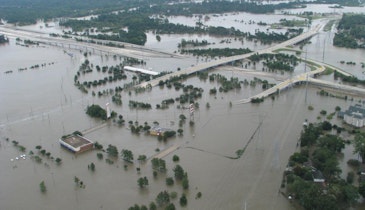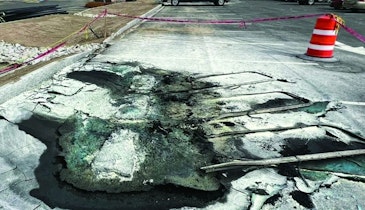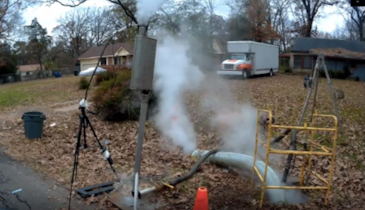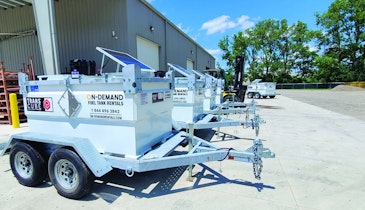Interested in Tree & Vegetation?
Get Tree & Vegetation articles, news and videos right in your inbox! Sign up now.
Tree & Vegetation + Get AlertsBecause it’s a specialty niche, disaster cleanup can be a profitable venture. However, there are potential pitfalls tree services must be aware of.
Taylor’s Tree Service, based in Prattville, Ala., sees its fair share of disaster cleanup work alongside the routine tree trimming work the company is known for. Like the work itself, handling the business side of recovery work requires different plans of attack.
For Taylor’s, all storm cleanup work is billed by the hour, due to the individual nature of each job. “There is no way to judge by simply looking at a tree in a house, on a fence, in a pool, or on an automobile, and be able to accurately quote an approximate time of completion,” Cheyenne Taylor, co-owner of the business explains. “It’s very important for all tree service companies to understand that performing emergency services is a very expensive task as a company, because there are long hours and very high-responsibility tasks involved in mitigating damage.”
Liability can also be a huge issue. Residents either remain in the home as they work to remove the tree from it, or they have precious belongings inside that workers run the risk of damaging if they make a wrong cut.
And then there is the lag between service performance and payment. “Typically, once we have finished a job and have billed the customer (who then sends it to the insurance company, and we also do), you can wait between three to twelve months to receive payment on that specific job. As a small business, that can be devastating financially,” if not managed properly. This means storm cleanup isn’t a service extension that should be attempted by
undercapitalized operations.
Best practices
Taylor has a number of recommendations for tree services considering getting into the storm and disaster cleanup segment.
“You should always start with a contract,” she says, to protect yourself from scope creep by clearly defining the work and payment expectations. It’s important to remember that the contract will be with the property owner and not their insurance company. The homeowner owns the house and the insurance policy.
“No. 2, safety should be your number one priority. Taking one tragic situation and forming another one for being neglectful — in wearing the proper PPE or following tree care industry standards—would be catastrophic to your business, as well as to the homeowner.”
Third but not last in importance, she says, is to always remember to document everything. “Words describe, but pictures tell a story. It’s important to do your job safely; however, designating an individual on your team to photograph everything from start to finish is very beneficial when it comes down to collecting the invoice.”






